I understand that how open collector works on protocol like I2C. However, from my understanding, the automotive protocols like CAN and LIN also use open collector to talk to other devices. LIN is connect to 12v battery whereas CAN is connect to 3.5v and 2.5v. My confusion is that why they do not need pullup resistor as they are open collector circuit. My assumption would be there might be an internal pullup in the CAN and LIN transceiver so external pullup is no need. For CAN, it is propably more complicated circuit than I think because it has CANH and CANL. I believe CANL uses open collector circuit but not sure about CANH.
Edit: Sorry for not being specific, my main question is about the pullup resistor. Just comparing LIN and I2C, both use open collector. if no resistor is used, i2c device may have floating pin. Why Lin does not have the same effect when no pull up resistor is connecting to 12V battery.

